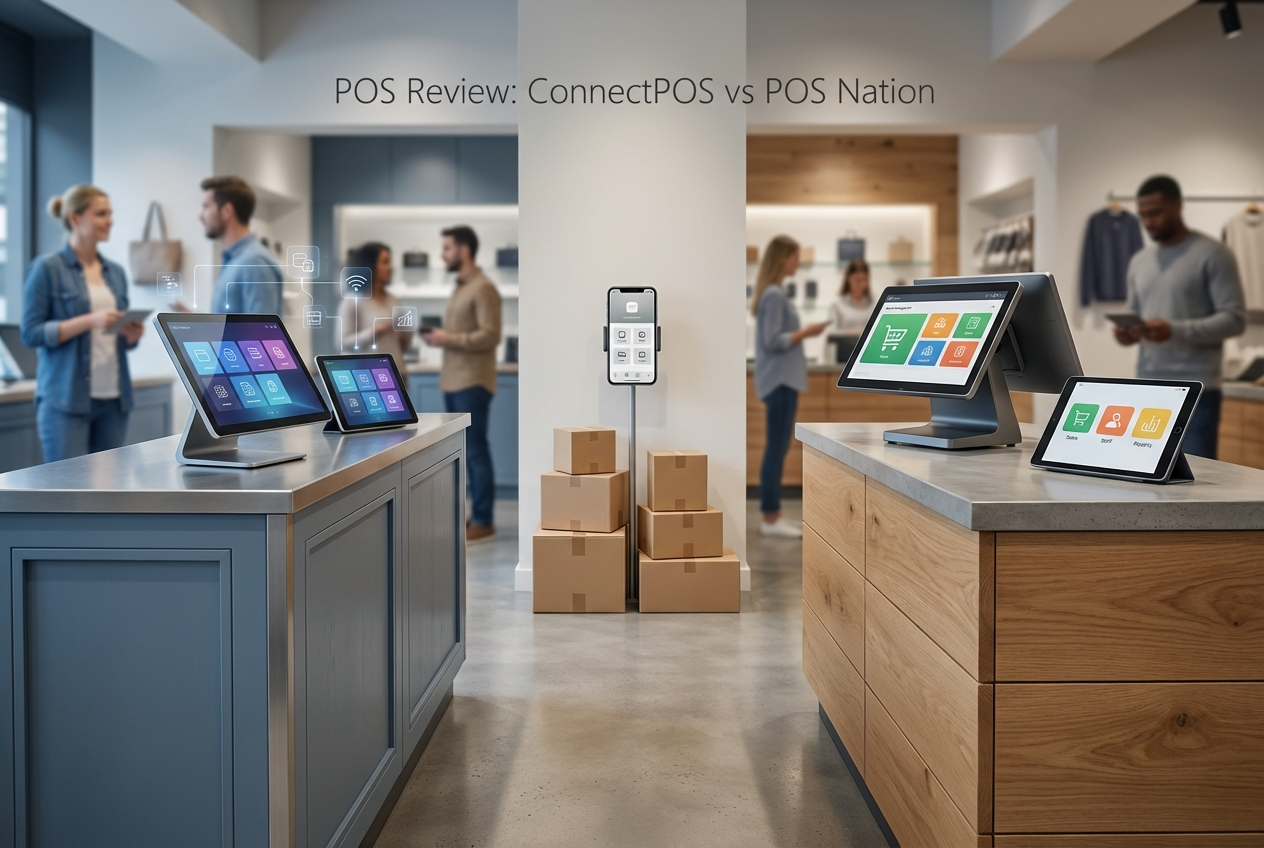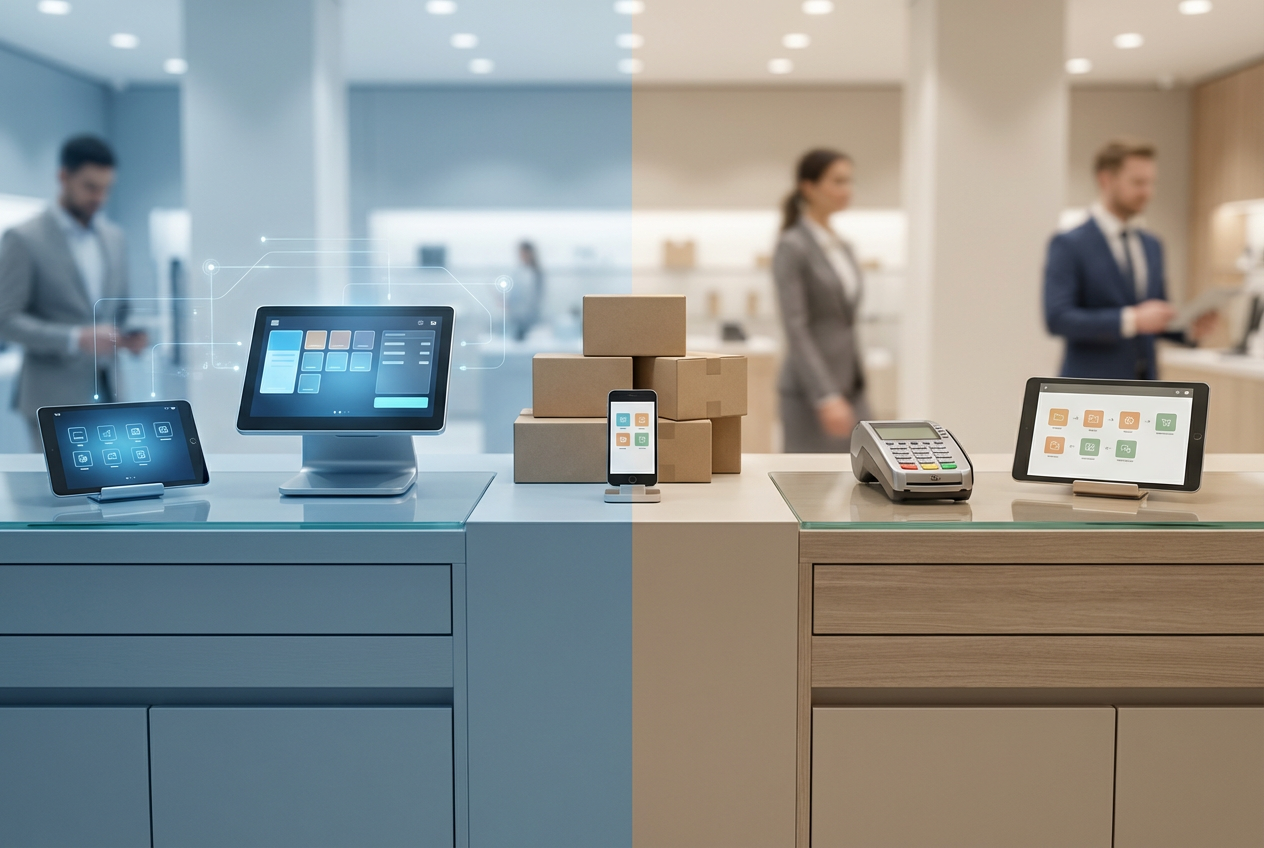What Does Liability Mean in Retail?
In a retail context, liability refers to any item or value that’s been paid for but not yet redeemed.
These represent a future obligation for the business. Money has been collected and recognized as an asset (cash), but the full transaction is not complete until the customer uses the stored value. From an accounting perspective, this is a form of deferred revenue – money received that has not yet been “earned” through the delivery of a product or service.
Common examples include gift cards, store credit, or prepaid services.
Common Liability Items
Various items within a retail environment are considered liabilities:
Gift Cards: The most common example. When a customer purchases a gift card, the money is received by the business, but the revenue cannot be recognized until the card is used. The outstanding value of the card is a liability on the balance sheet.
Store Credit: This is often issued in place of a cash refund for a returned item. The business has a future obligation to provide goods or services equal to the value of the credit.
Prepaid Packages or Services: For businesses like salons, gyms, or those offering subscription boxes, a customer may pay upfront for a package of services or goods that will be delivered over time. The unfulfilled portion is a liability.
Customer Deposits: Down payments or deposits held for future purchases, custom orders, or rentals are liabilities until the final transaction is completed and the goods or services are delivered.
In modern POS and accounting systems, liabilities are tracked separately from traditional sales. They remain “open” until their value is fully redeemed and often appear in specific liability reports or accounting journals to ensure financial accuracy.
Why Liability Tracking Is Important
Accurate tracking of liabilities is essential for both financial integrity and operational management:
Revenue Accuracy: It helps a business distinguish between cash received (an asset) and revenue earned (income). Revenue is only officially recognized when the liability is reduced – that is, when the customer redeems their gift card or store credit.
Financial Reporting and Compliance: Proper accounting for liabilities is a requirement for creating accurate financial statements, especially the Balance Sheet. The outstanding value of gift cards and store credit must be reported as a current liability.
Forecasting and Inventory Planning: By monitoring the volume of outstanding liabilities, businesses can forecast future redemptions. This data helps with inventory planning, ensuring that there is enough stock available to meet the demand from customers redeeming their stored value.
Fraud and Misuse Prevention: Tracking liabilities prevents the overuse or misuse of stored value. It ensures that a gift card or store credit can only be redeemed once and for the correct amount, protecting the business from fraud.
Cash Flow Management: While the cash from a gift card sale is immediately available, the liability represents a future financial obligation. Knowing the total value of these pending redemptions helps a business manage its cash flow and plan for future expenses.
While customers may see it as a gift card or credit balance, for businesses, liabilities are part of managing cash flow and financial accountability.
« Back to Glossary Index

